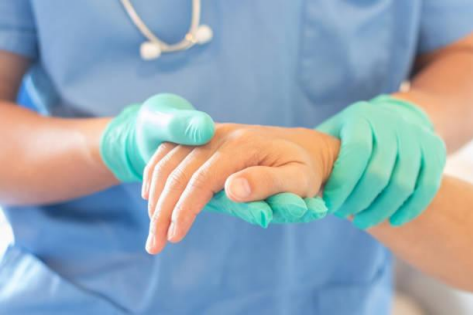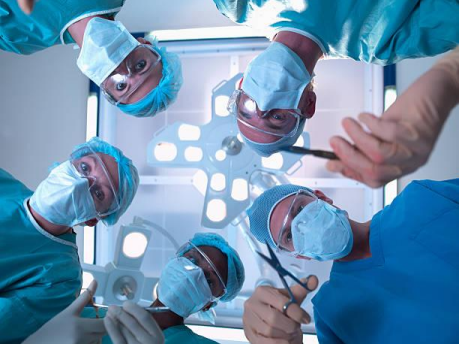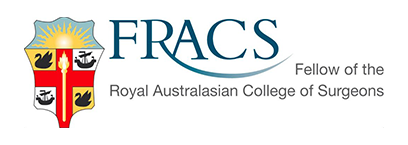Our hands take on a lot of day-to-day tasks, so when their mobility is restricted it can cause a number of problems. If you are experiencing issues with your hands or wrists, don’t suffer in silence. Our range of procedures can provide life changing relief from symptoms and help you move forward with confidence.
Reconstructive hand surgery repairs hand deformities, relieves associated pain, restores function, and improves the hand’s overall appearance.
Reconstructive hand surgery began shortly after the second world war when the need arose for more proactive management of traumatic hand injuries. Since then, the procedure has become more refined and widespread, with over 200,000 hand reconstructions done yearly in Australia.
The hand is the tool of tools, a dynamic natural device that helps us communicate and express our deepest emotions. A disabling hand injury usually reduces the quality of life, reflecting how integral our hands are to our daily lives. A person may have a physical defect at birth or suffer a deforming hand injury.

Reconstructive hand surgery can be used to treat conditions including:
A hand reconstruction is a rigorous procedure that could change your life. You need to get every detail right, from the moment you decide until entering the theatre.
The exact techniques used during a hand reconstruction surgery vary depending on the type of deformity and severity of the injury.
Generally, your surgery will go through these two stages below:

Skin grafts are pieces of healthy skin transplanted from one part of the body to another. Skin grafts lack intrinsic blood supply and are primarily used following cancer resection.
Unlike grafts, skin flaps have their own blood supply and are used to repair extensive soft tissue and blood vessel damage, such as following tissue loss after chainsaw or mechanical injury.
Nerve and tendon repairs are done by attaching the cut ends together to improve the chances of full recovery of function. This is performed under extremely high magnification using microsurgery to obtain the best results.
Arthroplasties are done to replace joints in the hand or wrist in degenerative conditions like arthritis.
Fasciotomy is done by cutting through muscle fascia to treat hand swellings that compromise blood supply, such as compartment syndrome.
Replantation is done for hands or fingers that have been completely severed from the body to restore as much function as possible.
Possible complications you may experience are:
The hands are highly pain-sensitive, and pain may be severe enough to require analgesics. To reduce movements and allow the repairs to hold firmly, you may need to wear a splint. Rehabilitation is also necessary to achieve maximal use of your hands after the procedure. Success rates depend on the type of deformity, and complete recovery may take months to years.
Dr Nathan Stewart is a fellow of the Royal Australasian College of Surgeons [FRACS] in Plastic and Reconstructive Surgery and a Consultant Specialist Plastic Surgeon with more than 14 years of experience treating advanced hand and wrist reconstruction at Royal Perth Hospital and Sir Charles Gairdner Hospital. With his team of highly skilled surgical specialists, he delivers professional expertise and support from planning to recovery. Contact Dr Stewart and his team today for a unique experience.
Affiliations




The hands are highly pain-sensitive, and the pain after your reconstructive hand surgery may be severe enough to require analgesics. To reduce movements and allow the repairs to hold firmly, you may need to wear a splint. Rehabilitation is also necessary to achieve maximal use of your hands after the procedure.
Success rates depend on the type of deformity, and complete recovery may take months to years.